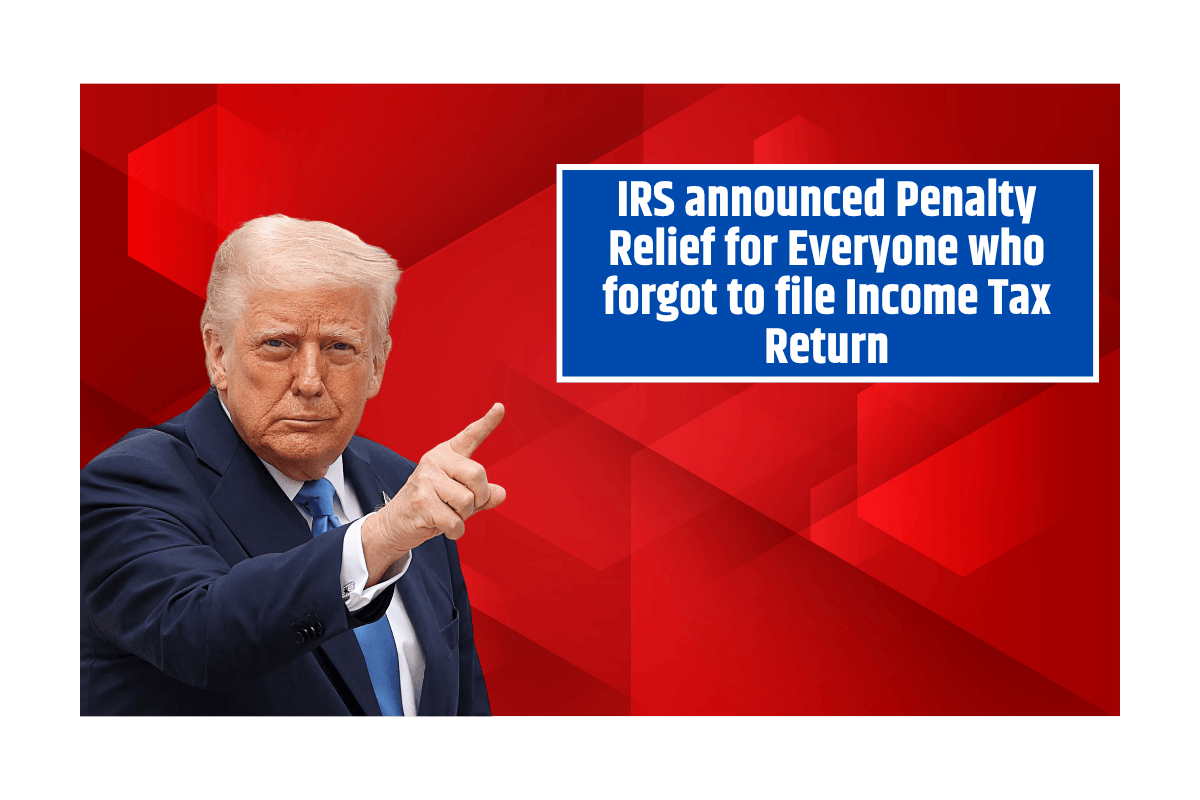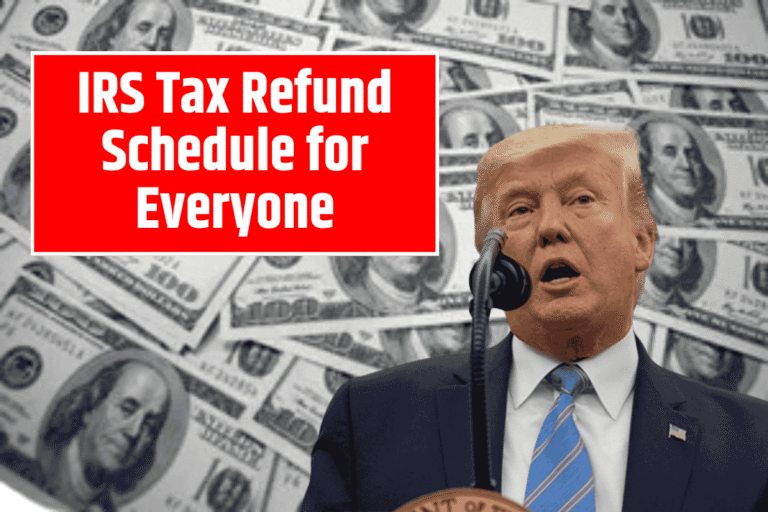IRS Announces Penalty Relief for Those Who Forgot to File Income Tax Return – Are You Eligible?
If you missed the April 2025 tax filing deadline for your US federal income tax return, don’t worry. The Internal Revenue Service (IRS) has shared several options to help you file late and manage any taxes you owe. Whether you missed the deadline by mistake or are facing financial difficulties, the IRS has relief options to help you stay on track.
What to Do If You Missed the Tax Filing Deadline
If you owe taxes but missed the April deadline, don’t panic. The most important thing is to file your return as soon as possible. Even if you can’t pay the full amount, filing helps reduce extra charges, such as interest and penalties. Delaying your filing will only make the situation worse and increase what you owe.
Easy Ways to Pay Your Taxes Online
The IRS offers multiple secure and easy ways to pay your pending taxes online. Here are some options:
- IRS Online Account: Manage and pay your taxes directly from your account.
- IRS Direct Pay: Make payments directly from your bank account for free.
- EFTPS (Electronic Federal Tax Payment System): A secure system for paying taxes online.
- Debit/Credit Card or Digital Wallet: Simple payment options with some fees.
Once you make a payment, you will get instant confirmation. With Direct Pay and EFTPS, you can even opt for email notifications to keep track of your payments.
For more details, visit the IRS website’s “Make a Payment” section.
Can’t Pay in Full? IRS Offers Payment Plans
If you’re having trouble paying the full amount, don’t ignore your tax obligations. Always file your return and pay whatever you can. Afterward, consider applying for a payment plan to manage your debt.
The IRS offers two types of payment plans:
- Short-term Payment Plan
- For individuals owing less than $100,000, you can get up to 180 days to pay the balance in full.
- Long-term Payment Plan
- If you owe less than $50,000, you can set up monthly payments over up to 72 months (6 years). You can even have payments automatically deducted from your bank account.
The good news is that if you’re on a payment plan, the failure-to-pay penalty is reduced by half, which can help save you money while clearing your tax debt slowly.
How to Request Penalty Relief
If you receive a penalty notice from the IRS, don’t panic. Review the letter carefully and follow the instructions to ask for penalty relief.
- First-Time Penalty Relief: If you have a good filing history, where you have filed and paid taxes on time for the past three years, you may qualify for First-Time Penalty Relief.
- The IRS also offers administrative waivers in certain situations. To check if you qualify, visit the IRS’s Administrative Penalty Relief page.
Summary: Filing Late Is Better Than Not Filing at All
Missing the tax deadline may seem overwhelming, but the IRS offers several options to help you catch up without making things worse. It’s important to always try to file and pay as soon as possible—even if you can’t pay the full amount. Late filing is better than not filing at all.
With online tools and payment plans, it’s easier than ever to manage your tax responsibilities.
FAQs
1. What happens if I miss the tax deadline?
You may face interest and penalties, but you can reduce these charges by filing late and paying quickly.
2. Can I pay my taxes in parts?
Yes! The IRS offers short-term and long-term payment plans to help you pay off your tax debt over time.
3. Will I get a penalty if I pay late?
Yes, but the penalty will be smaller if you’re on a payment plan. Additionally, you might qualify for penalty relief if you have a clean tax history.
4. How do I apply for a payment plan?
You can easily apply for a payment plan online on the IRS website. Most people get an instant response.
5. Is it safe to pay online?
Yes, IRS online tools like Direct Pay and EFTPS are secure and provide instant confirmation of your payment.





